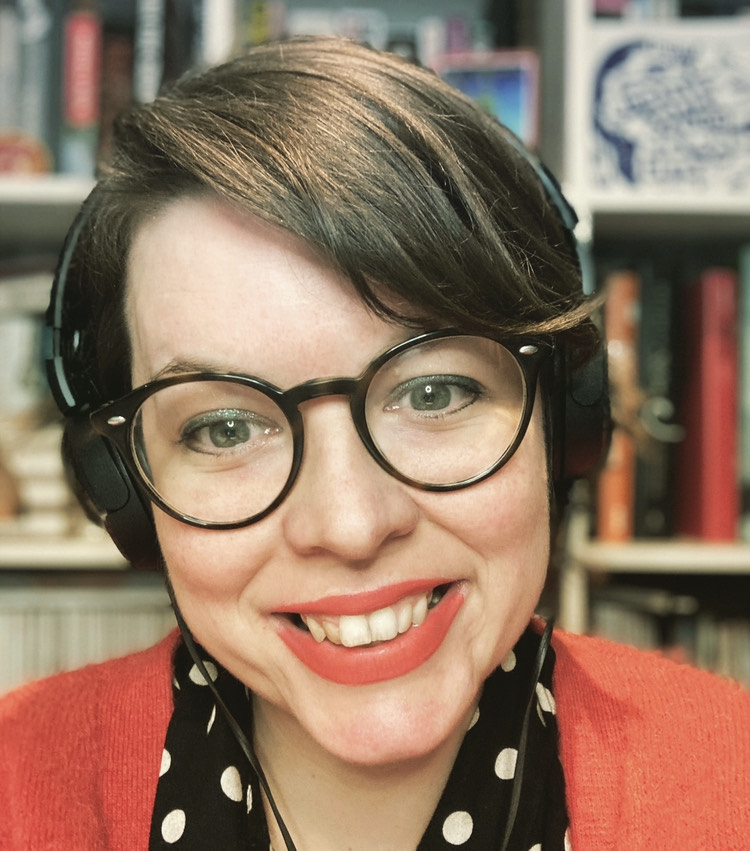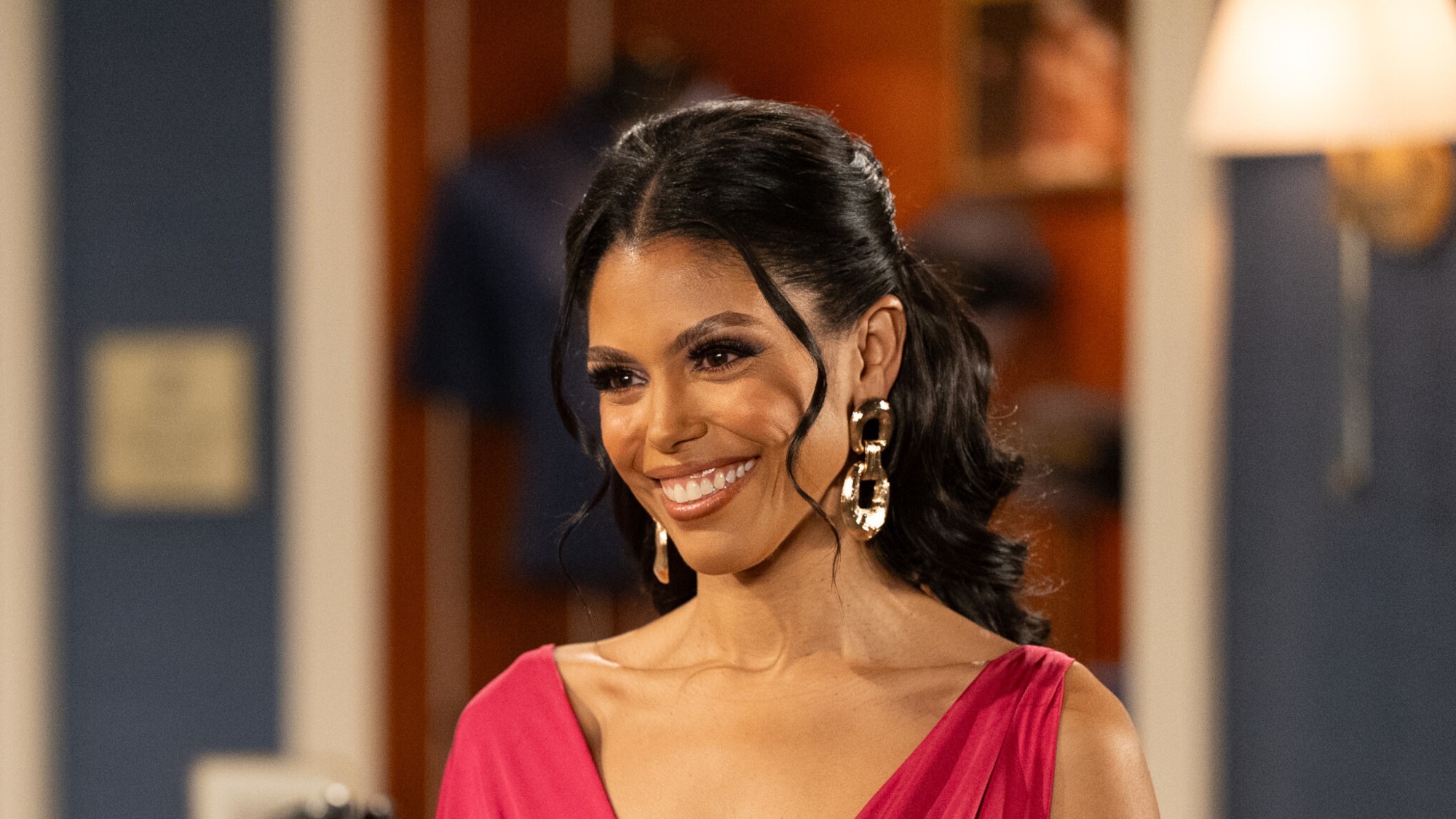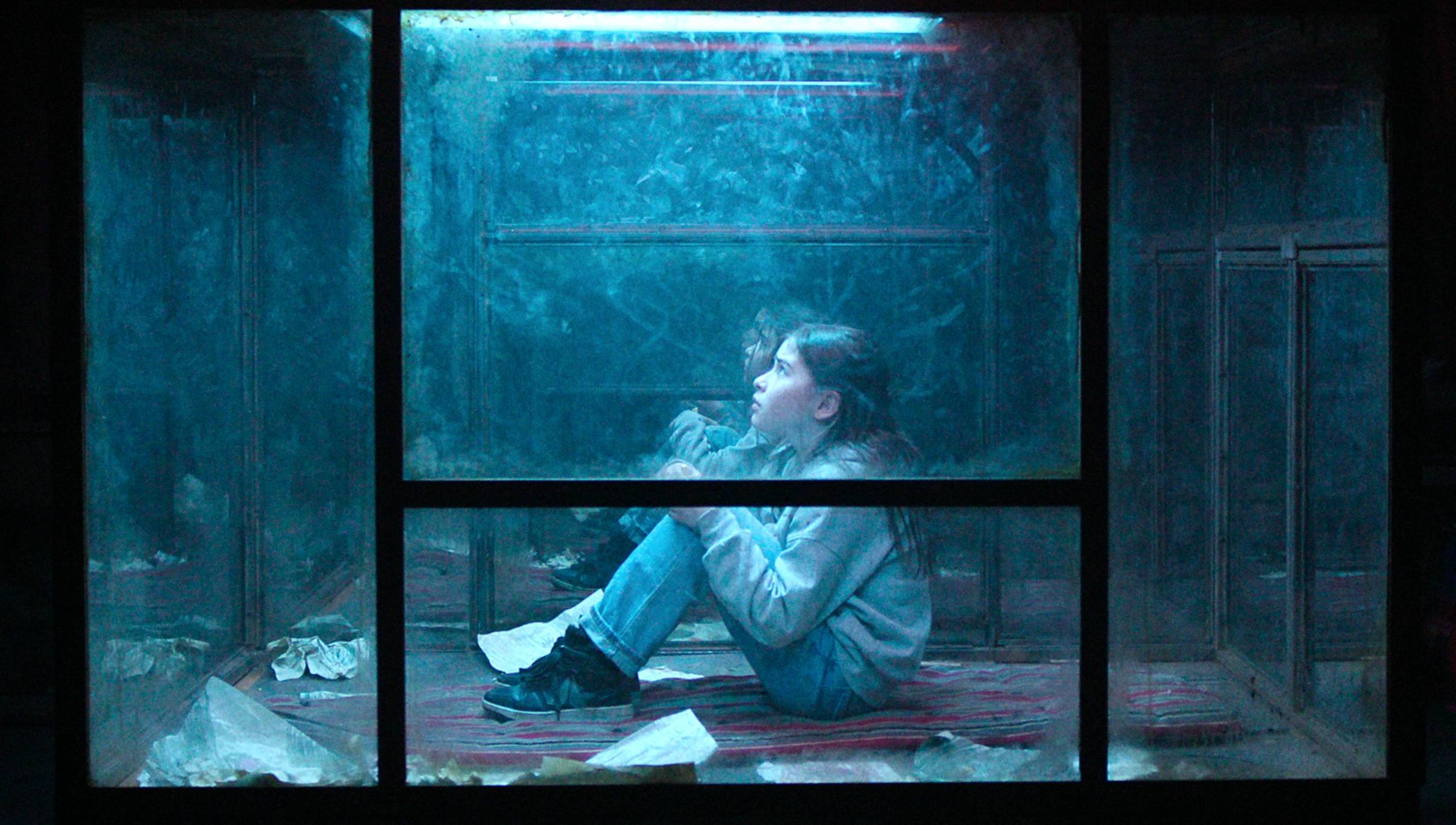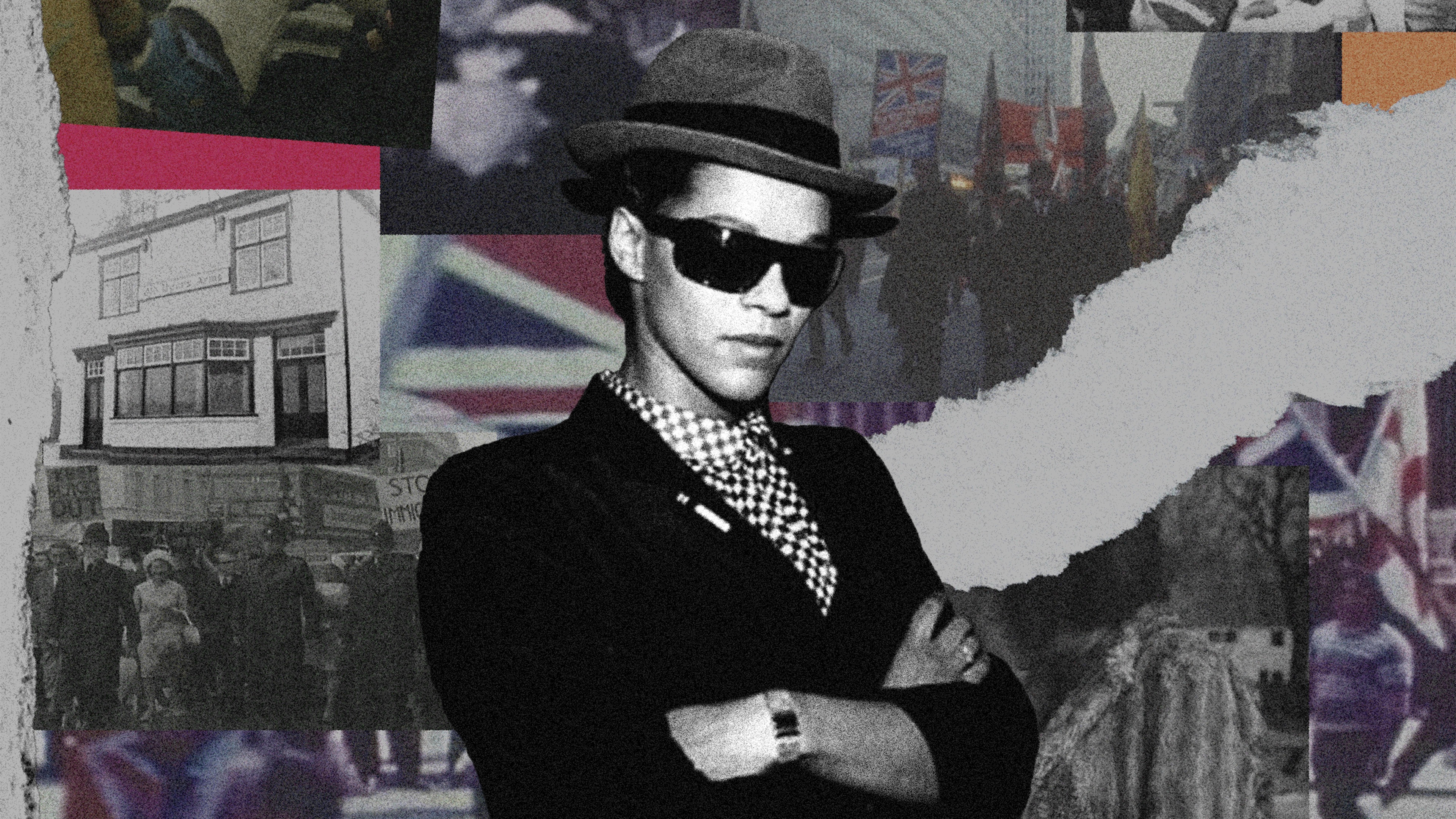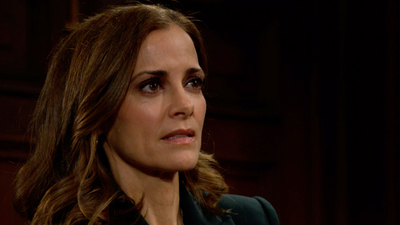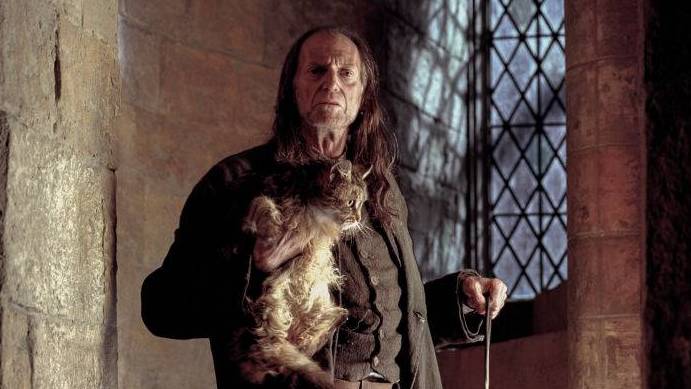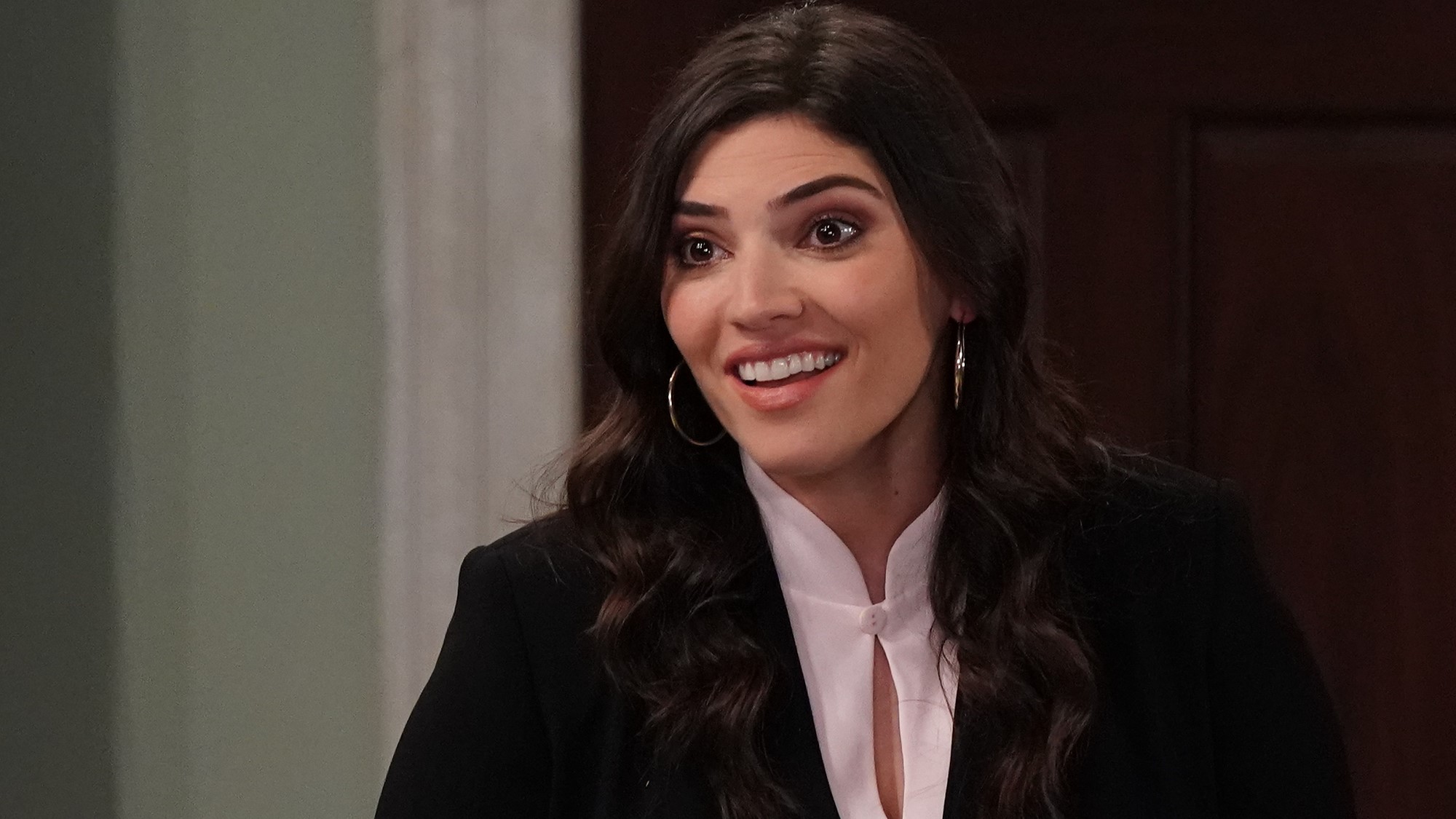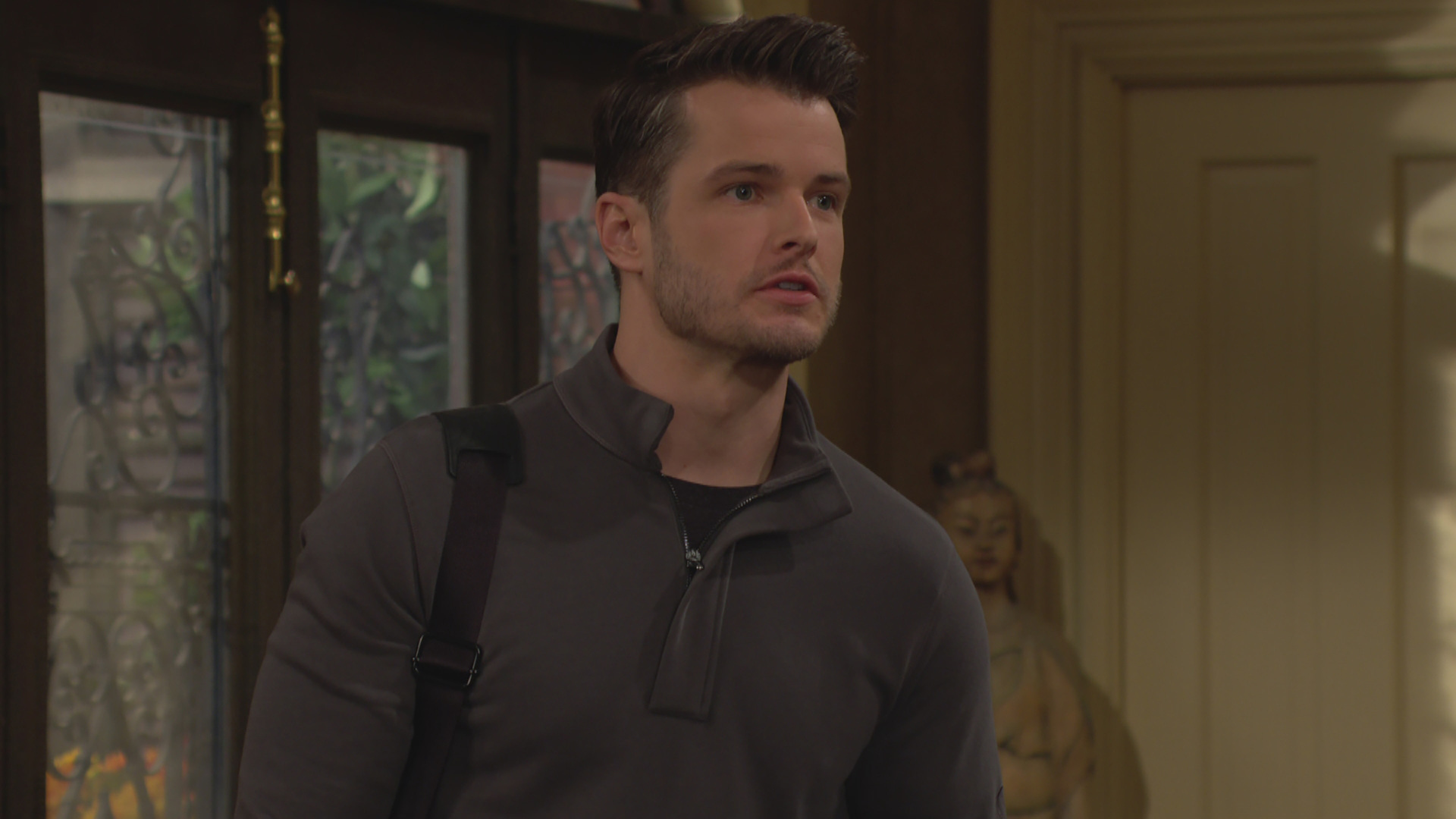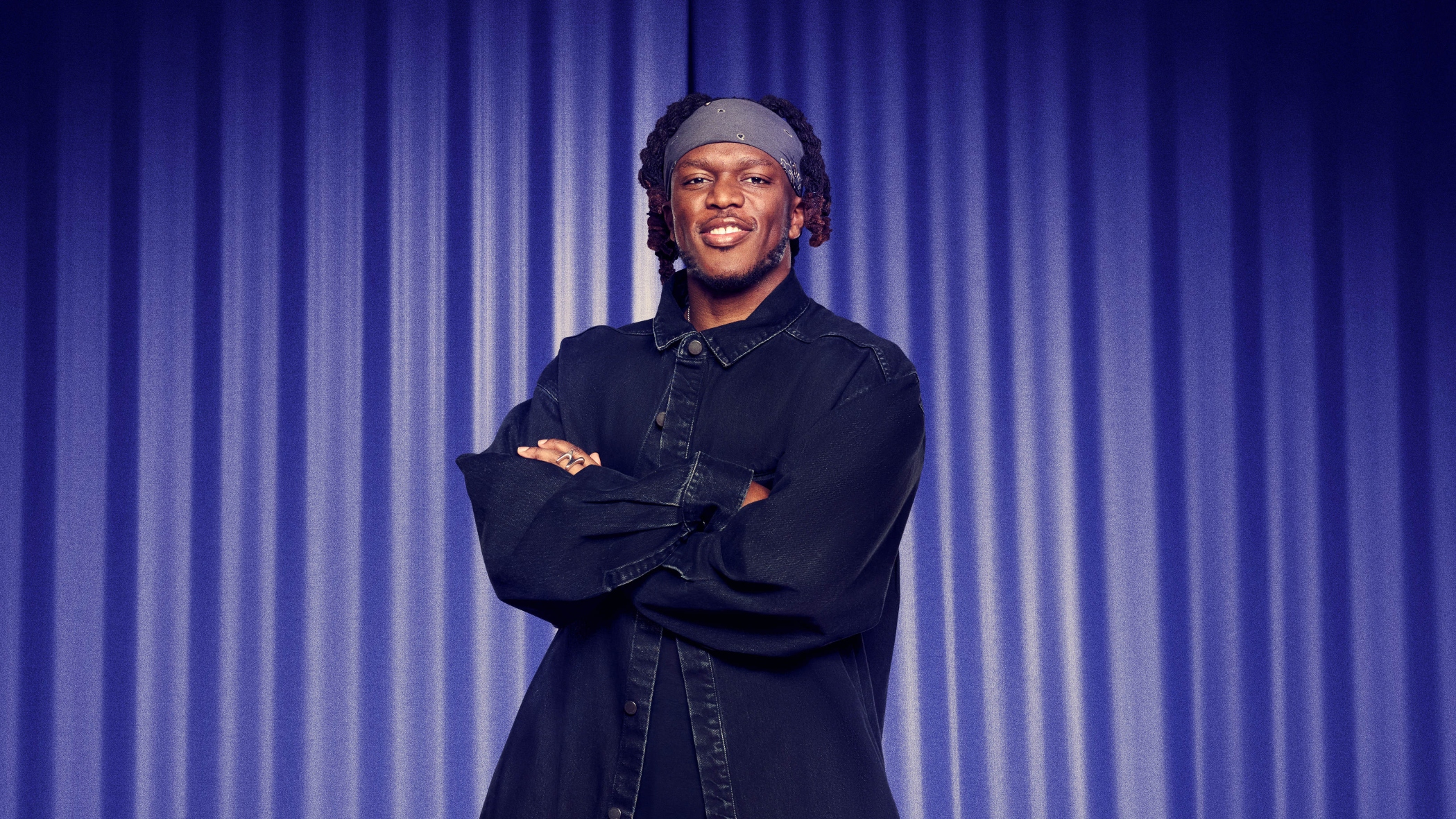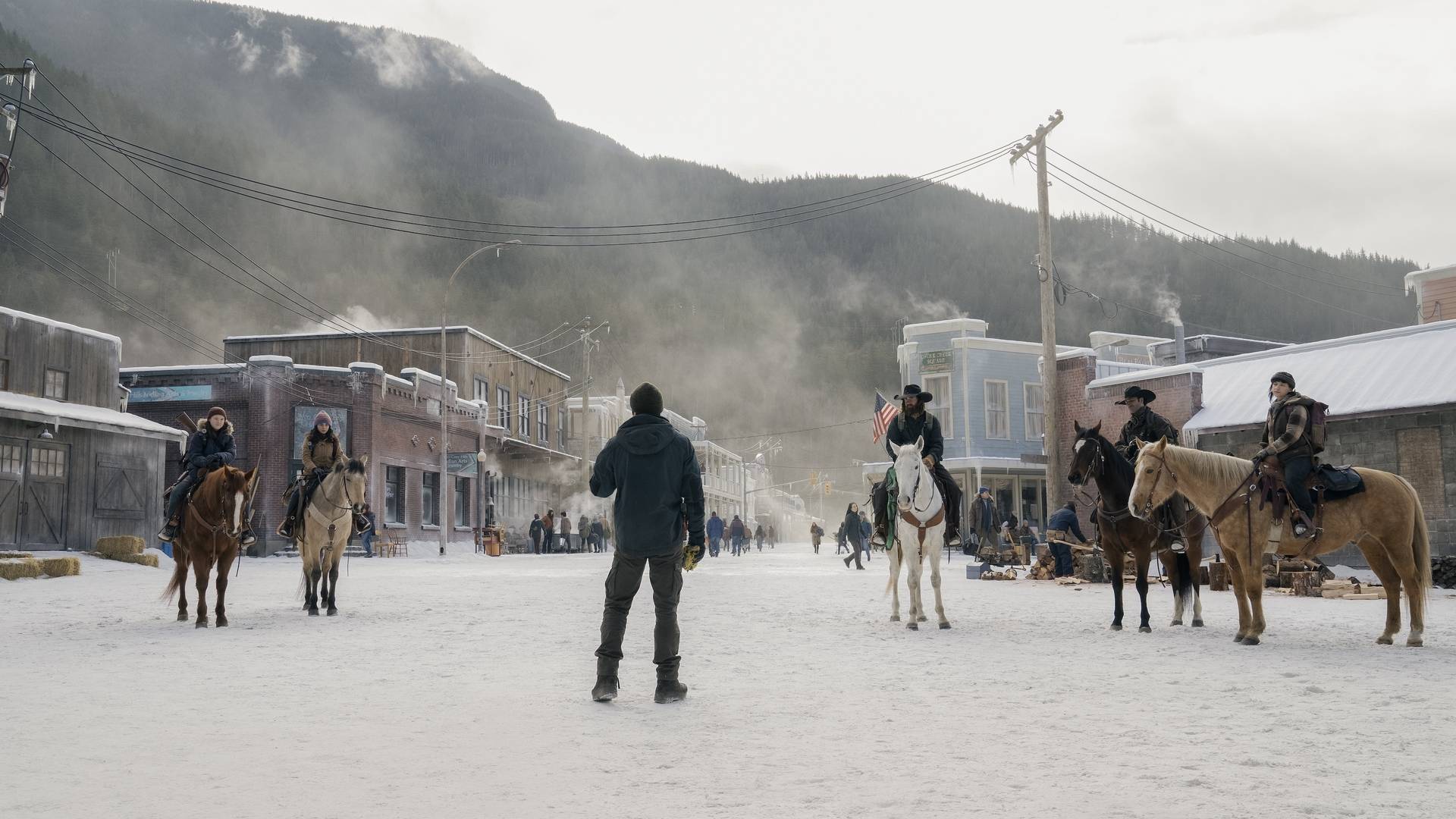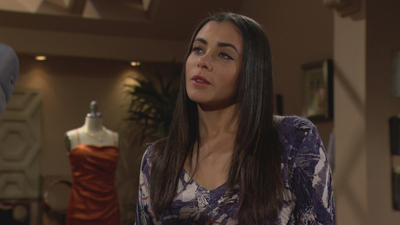5 sitcoms that inspired ‘WandaVision’ based on what we saw in the trailer
TV comedy is central to the 'WandaVision' promotional campaign.
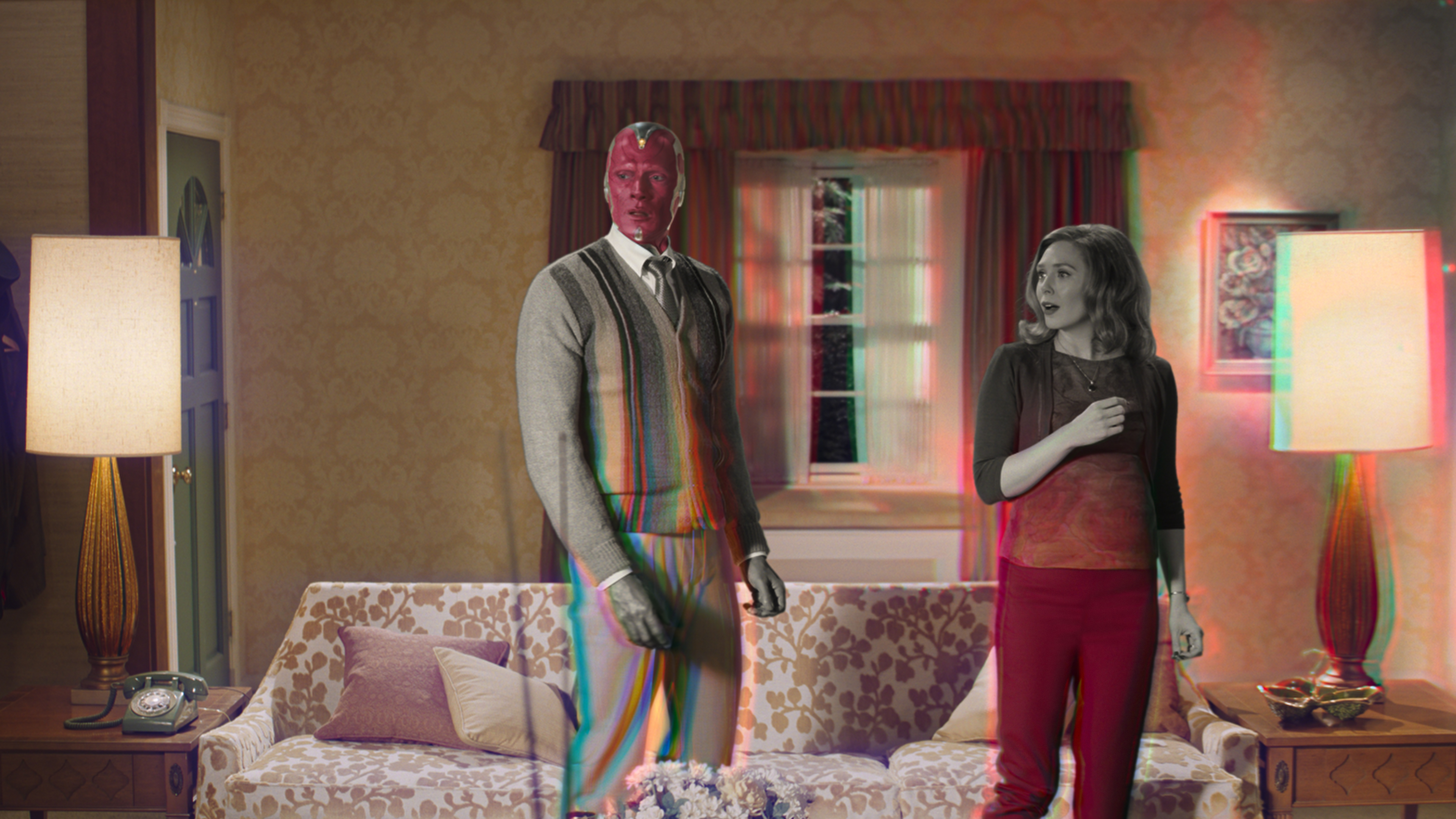
WandaVision will premiere on Disney+ January 15th.
Long before streaming platforms realized there is an appetite for old sitcoms, this television staple dominated primetime (and still does on occasion). From the 1950s onward, each decade has beloved series’ that viewers continue to watch years later. Marking a departure from previous Marvel Cinematic Universe (MCU) TV offerings, the highly anticipated Disney+ WandaVision is shrouded in secrecy beyond its sitcom foundation. Set after the events of Avengers: Endgame, Disney’s official synopsis emphasizes the specific genre and signature suburban setting:
“Marvel Studios’ WandaVision blends the style of classic sitcoms with the Marvel Cinematic Universe in which Wanda Maximoff (Elizabeth Olsen) and Vision (Paul Bettany)—two super-powered beings living their ideal suburban lives—begin to suspect that everything is not as it seems…The series is a blend of classic television and the Marvel Cinematic Universe in which Wanda Maximoff and Vision—two super-powered beings living idealized suburban lives—begin to suspect that everything is not as it seems.”
From the key art to the trailers, a plethora of recognizable sets, situations, and costumes point to specific titles covering the first Golden Age through to the ‘90s — The Office and Modern Family’s mockumentary-style will also factor. WandaVision designer Mayes C. Rubeo created the colorful Thor: Ragnarok costumes (and has returned for Thor: Love and Thunder) and production designer Mark Worthington’s TV work includes the stylized Watchmen and Umbrella Academy pilots, as well as 50 episodes of American Horror Story. This bodes well for a series depicting an array of time periods and notable shows from the annals of TV history.
Family is central to the traditional sitcom and while we don’t know the details of Wanda and Vision’s altered reality, the wholesome wish-fulfillment aspect speaks volumes. Shifting from black and white to color, the promos are awash with references both subtle and overt. President of Marvel Studios Kevin Feige commented in a recent issue of Entertainment Weekly that you don’t even need to be an MCU fan to jump on board this ride, “If you haven’t seen any of them and just want to step into this weird thing because you love The Dick Van Dyke Show, it’s going to work.” But if you do want to brush up on your television sitcom history before WandaVision's premiere on Disney+, here are five classics that feature across various trailers.
More: How to watch all the Avengers movies in order
Also: How to watch Disney+ on Apple TV
'I Love Lucy' (1951-1957)
Lucielle Ball is, without doubt, one of the defining situational comedy figures so it is far from surprising to see the CBS hit inform the WandaVision aesthetic. Lucy and husband Ricky Ricardo (played by real-life husband — at the time — Desi Arnaz) didn’t move from New York City to the Connecticut suburb until the sixth and final season, but Wanda’s attire is reminiscent of Lucy’s signature pearls and frock silhouette.
Get the What to Watch Newsletter
The latest updates, reviews and unmissable series to watch and more!
Additionally, the wedding looks reflect Season 1 episode, “The Marriage License.” Even though Lucy and Ricky were already married when the series started, a marriage license error gave the couple a reason to don bridal attire in “The Marriage License”. The visual reference to twin beds also reflects the scandalous nature of a married couple sharing the same space while slumbering — the Ricardos never slept in the same bed. In the recent “New Era” trailer, the magician attire points to both Wanda’s spellbinding abilities and Ricky and Lucy’s vaudeville double act. While I Love Lucy is the defining ‘50s sitcom there are also glimpses of family-centric Leave it to Beaver, I Married Joan, and The Adventures of Ozzie and Harriet within the version of Wanda and Vision as a couple in this seemingly idyllic decade.
'Bewitched' (1964-1972)
Thematically, mid-century witchy comedy Bewitched reflects the relationship dynamic presented in WandaVision. Okay, the one glaring difference is unlike Darrin Stephens (Dick Yorke), Vision is not a mere mortal. The first two seasons of the hit ABC sitcom aired in black and white, which saw this couple sleep in the same bed — this was the first time a couple who wasn’t IRL married slumbered next to each other on a live-action show — and Wanda combines the twin bed with magic in the trailer. Wanda’s witch status isn’t the only Bewitched similarity, which saw the Disney+ series filmed on the iconic Blondie Street set at the Warner Bros Raunch that was home to the Stephens suburb. Additionally, special effects techniques used by the ‘60s sitcom — including using wires and camera tricks — were utilized to give an authentic retro vibe. Floating wine and instant outfit changes are very Samantha Stephens (Elizabeth Montgomery).
Kathryn Hahn’s nosy neighbor persona is a familiar archetype that is reminiscent of Gladys Kravitz (Alice Pearce), however, it is unlikely that Hahn's Agnes will be gaslit into believing she is imagining a series of unexplainable events. Darrin is not the only inspiration as The Dick Van Dyke Show’s Rob Petrie (Dick Van Dyke) is an influencing factor. The veteran actor also provided a real-life consultation about the vital ingredients required for a comedy show during the Golden Age of television.
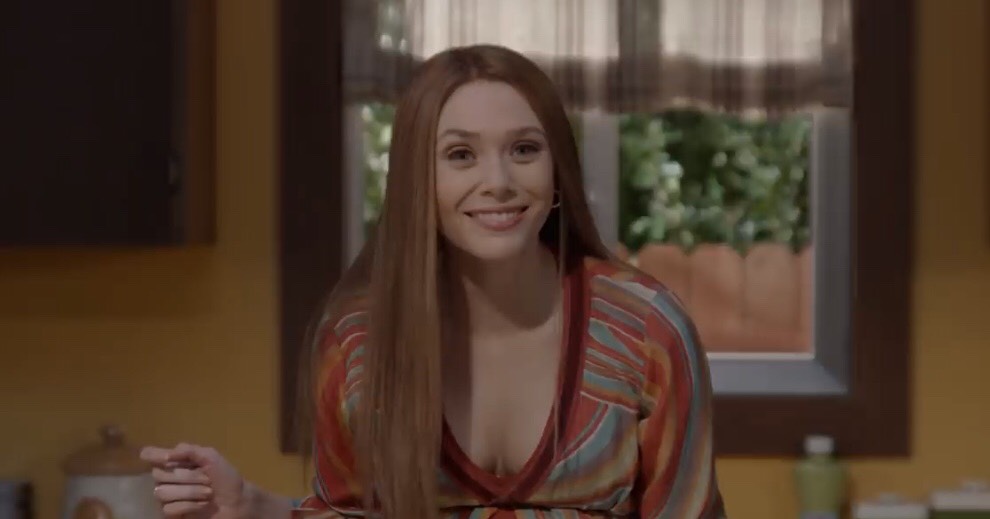
'The Brady Bunch' (1969-1974)
Switching to a bold ‘70s color palette — both production and costume design — the familiar staircase screams Brady Bunch. A pregnant Wanda wears a groovy graphic shirt, which further dials into the bright aesthetic of TV comedy. Unlike the traditional nuclear family set-up of shows like Bewitched that portrayed witch Samantha longing for a “normal” suburban life with a husband and kids, The Brady Bunch's blended family reflected the changing landscape. While Wanda and Vision aren’t coming to this union with children from previous relationships, their scenario is also outside the lines of what would be considered the norm.
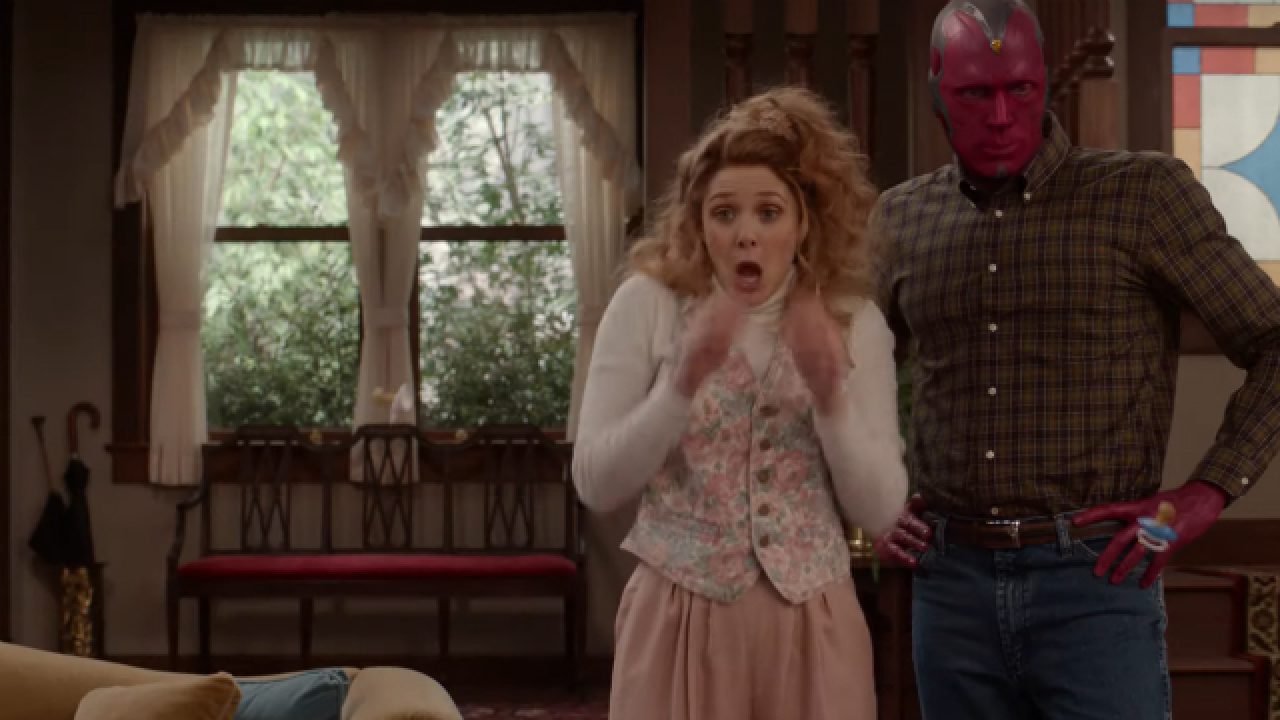
'Married… with Children' (1987-1997)
Several notable ‘80s offerings are represented, which sees Married… with Children, Family Ties, and Full House join the familiar yet off-kilter line-up. The latter is not only providing visual references but also delivers a tangible link to one of the leads. “There was something very meta for my own life because I would visit those tapings as a kid, where my sisters [Mary-Kate and Ashley] were working,” star Elizabeth Olsen told Entertainment Weekly about shooting some scenes in front of a live studio audience. The show she is discussing is Full House and the set is reminiscent of the San Francisco Tanner home, while also drawing on Alex P. Keaton’s (Michael J. Fox) abode. Meanwhile, Wanda has clearly been taking sartorial tips from Married… with Children’s Marcy D’Arcy (Amanda Bearse) and her penchant for wearing vests.
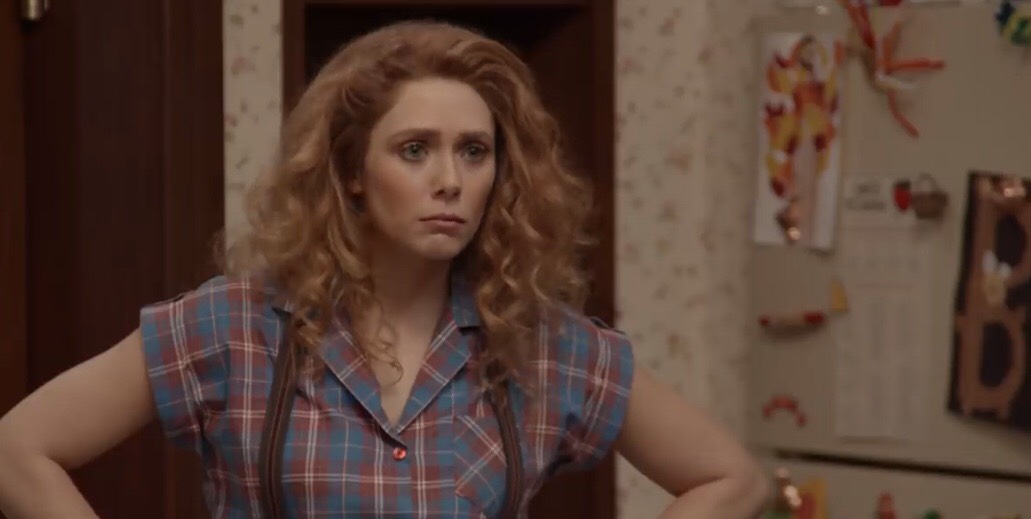
'Roseanne' (1988-1997)
Despite debuting at the tail end of the previous decade, Roseanne feels like the quintessential ‘90s comedy. Reflecting the concerns and economic anxiety of a blue-collar family, sitcoms had long shifted from the idyllic white picket fence ‘50s fantasy. The WandaVision synopsis notes the characters will register the bizarre nature of their existence and the switch to a less glossy facade could be part of this wake-up call. Using an American television staple as the medium is not only a journey through the archives, but also reflects the evolving nature of entertainment, and how even light-hearted material holds a mirror up to society. Context clues to Roseanne include a plaid costume that is a Dan Conner (John Goodman) and Jackie Harris (Laurie Metcalf) hybrid, and a familiar kitchen backdrop. Flung out of space and time, Wanda and Vision are tethered to existence via a 20th-century cultural touchstone.
Emma Fraser spends most of her time writing about TV, fashion, and costume design; Dana Scully is the reason she loves a pantsuit. Words can also be found at Vulture, Elle, Primetimer, Collider, Little White Lies, Observer, and Girls on Tops. Emma has a Master’s in Film and Television, started a (defunct) blog that mainly focused on Mad Men in 2010, and has been getting paid to write about TV since 2015. It goes back way further as she got her big start making observations in her diary about My So-Called Life’s Angela Chase (and her style) at 14.
